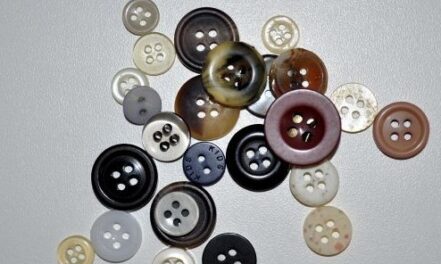
Parkesine, the first plastic
The motivation behind the first plastic was to conserve natural resources, such as rubber and timber, and reduce the exploitation of animal parts, such as ivory and tortoiseshell. So it was that in 1862 Alexander Parkes (1813-90) and his brother Henry (1824-1909) from Birmingham used their knowledge of chemistry to formulate a heat-softened gunge that was the first celluloid plastic. They named it ‘Parkesine‘ (“park-seen”).
It was not totally synthetic ~ that came later with ‘Bakelite’ in the USA ~ but its recipe of nitric and sulphuric acids, nitrocellulose, castor oil and organic solvents went some way to providing a man-made material to satisfy growing consumer demand. It was used to manufacture items such as combs, brushes, buttons, cutlery handles, fishing rod components, pens and billiard balls.
The Science Museum holds many examples of these but over the years they have become extremely fragile. Indeed, even in the Parkesine Company’s short-lived existence in 1866-8 there were complaints of items becoming misshapen or even catching fire. This is thought to have been due to Alexander Parkes’s drive to cut costs. After the company closed, an employee, Daniel Spill (1832-87) took on the assets and relaunched the product as Xylonite. Spill improved the quality, resulting in more durable products.
(Image: pixnio.com / Public domain)
